With rising sea levels threatening low-lying regions worldwide, CRA–Carlo Ratti Associati and Höweler + Yoon Architecture present AquaPraça, a floating civic plaza that responds to both water and public life.
Designed for COP30, the installation will debut on September 4, 2025, at the 19th International Architecture Exhibition of La Biennale di Venezia, before travelling across the Atlantic to Belém, Brazil.

Born from the Realities of the Amazon
As Amazon contends with rising waters, AquaPraça offers a timely and imaginative response to a world in flux. Born from the convergence of urgency and creativity, the floating plaza is designed not to resist nature but to move with it.
It can host up to 150 people, providing space for exhibitions, workshops, symposia, and community gatherings. More than a pavilion, it invites the public not just to discuss climate change, but to feel its effects and possibilities in real time.
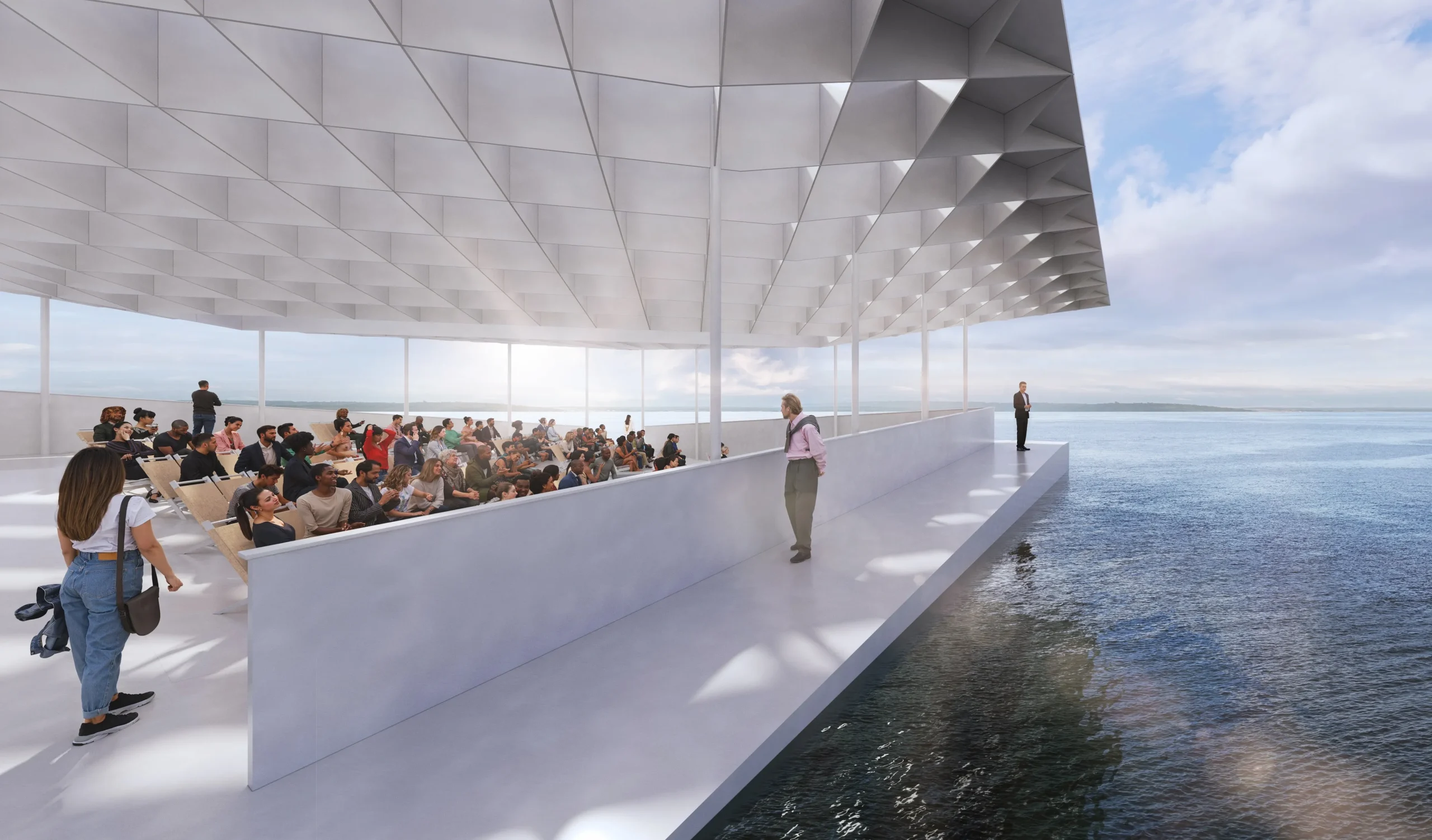
Physics behind this Floating Plaza
When walking across it, AquaPraça feels effortless and still. But beneath that calm is a responsive system designed to adapt with the tides. The structure rests on a gently sloped parabolic platform, supported by slender columns. As water levels rise or crowds gather, it adjusts in real time to remain stable.
Rooted in Archimedes’ principle, the platform regulates its buoyancy by taking in or releasing water. Sensors monitor weight, weather and movement, keeping the plaza balanced and close to the water’s edge.
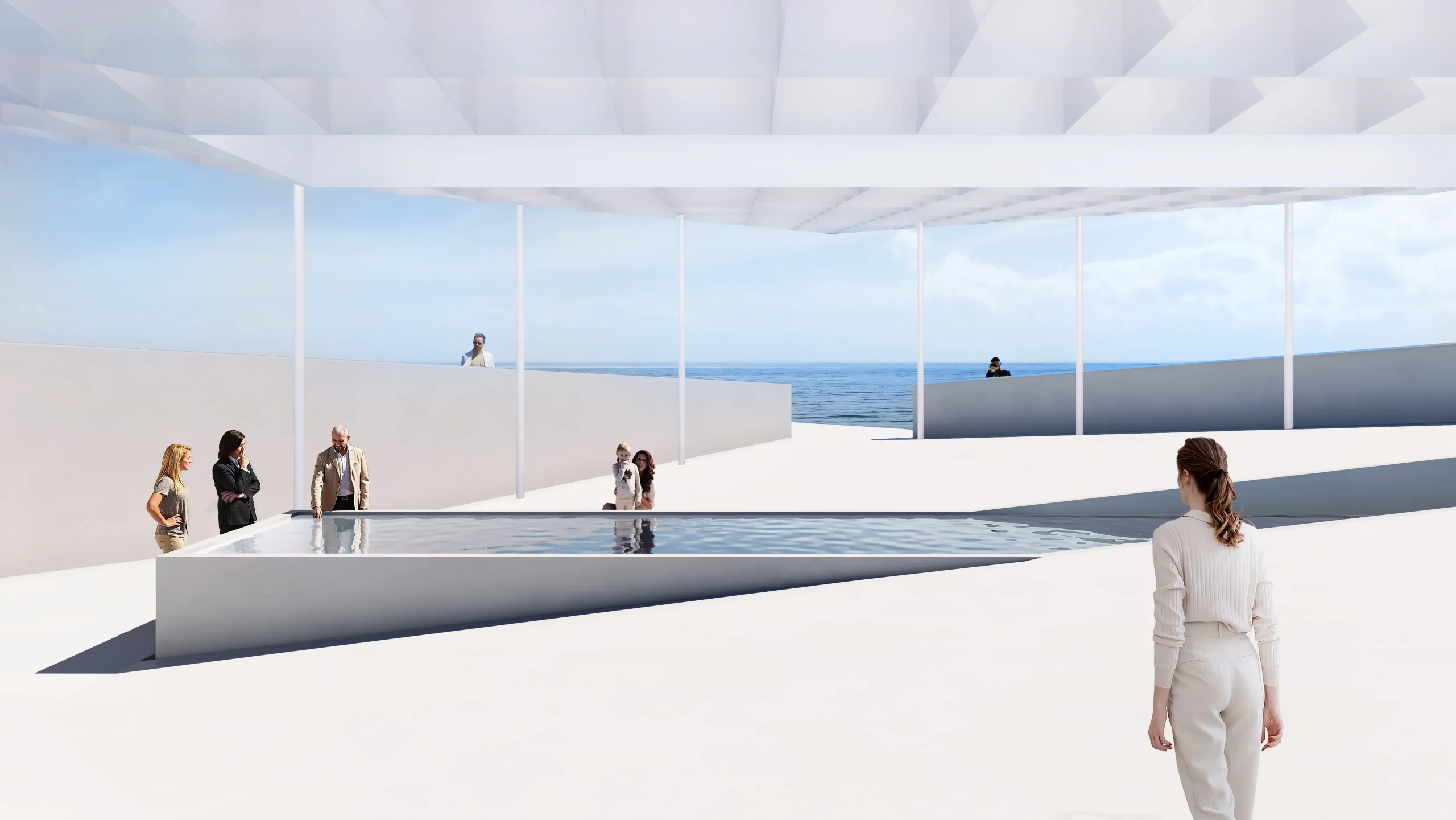
Walking the Line Between Land and Water
Stepping onto AquaPraça feels like entering a moment of balance. The sloped platform subtly guides forward, while the waterline remains at eye level. The platform dips gently underfoot, drawing visitors closer to the water’s surface.
The form is intentionally understated, allowing its surroundings to lead. Light plays across the surface, wind and weight subtly alter the tilt. The whole experience is calm, tactile, and deeply connected to its environment.
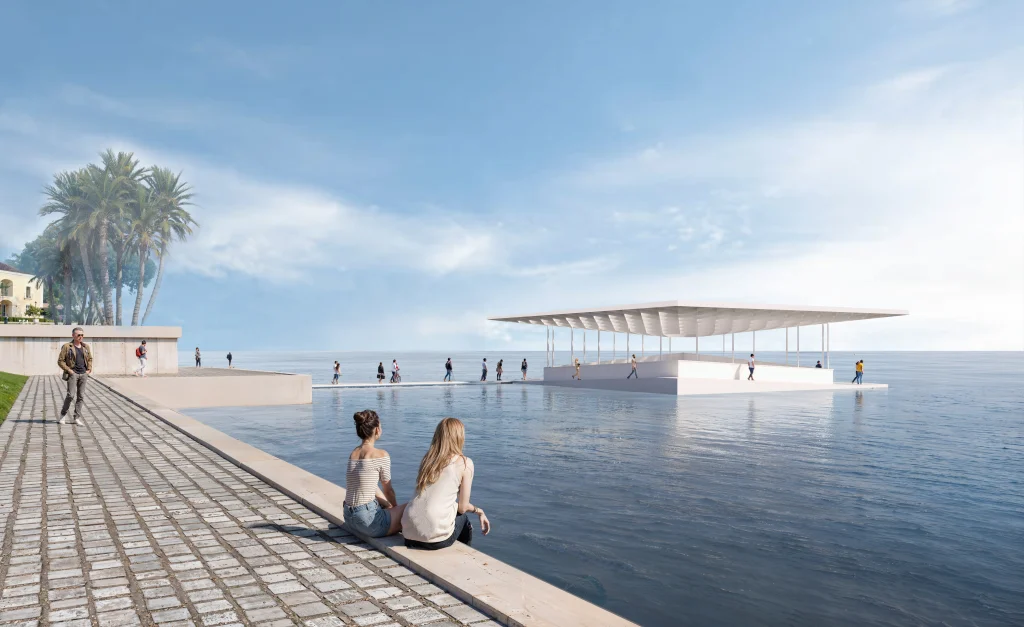
AquaPraça Inherits the Floating Stage, Then Rewrites It
This isn’t the first time a floating structure carried meaning across water. In 1979, Aldo Rossi’s Teatro del Mondo arrived in Venice as a quiet reminder that architecture could be temporary, even poetic.
AquaPraça builds on that legacy, but looks outward. Where Rossi explored memory and performance, AquaPraça responds to rising tides and disappearing shorelines. Both began in Venice, one reflected on theatre, the other looks outward, the realities of a changing world.

Following its launch in Venice, AquaPraça will travel to Belém for COP30 in November 2025, becoming part of the climate conversation in the heart of the Amazon. Unlike most summit architecture, the plaza will remain in place as a lasting public infrastructure.
As the Earth faces rising seas and accelerating climate pressures, AquaPraça invites people to step into that reality. It is a call to rethink how architecture can adapt and evolve with its surroundings.
AquaPraça Project Details
Architect: CRA–Carlo Ratti Associati (Coordinator), Höweler + Yoon Architecture
Supporters: Ministero degli Affari Esteri e della Cooperazione Internazionale; Ministero dell’Ambiente e della Sicurezza Energetica; Bloomberg Philanthropies; Cornell University College of Architecture, Art, and Planning
Collaborators: Ciheam Bari, the World Bank Group’s Connect4Climate Program
Completion: Concept Phase
Render: © Carlo Ratti Associati / Höweler + Yoon Architecture














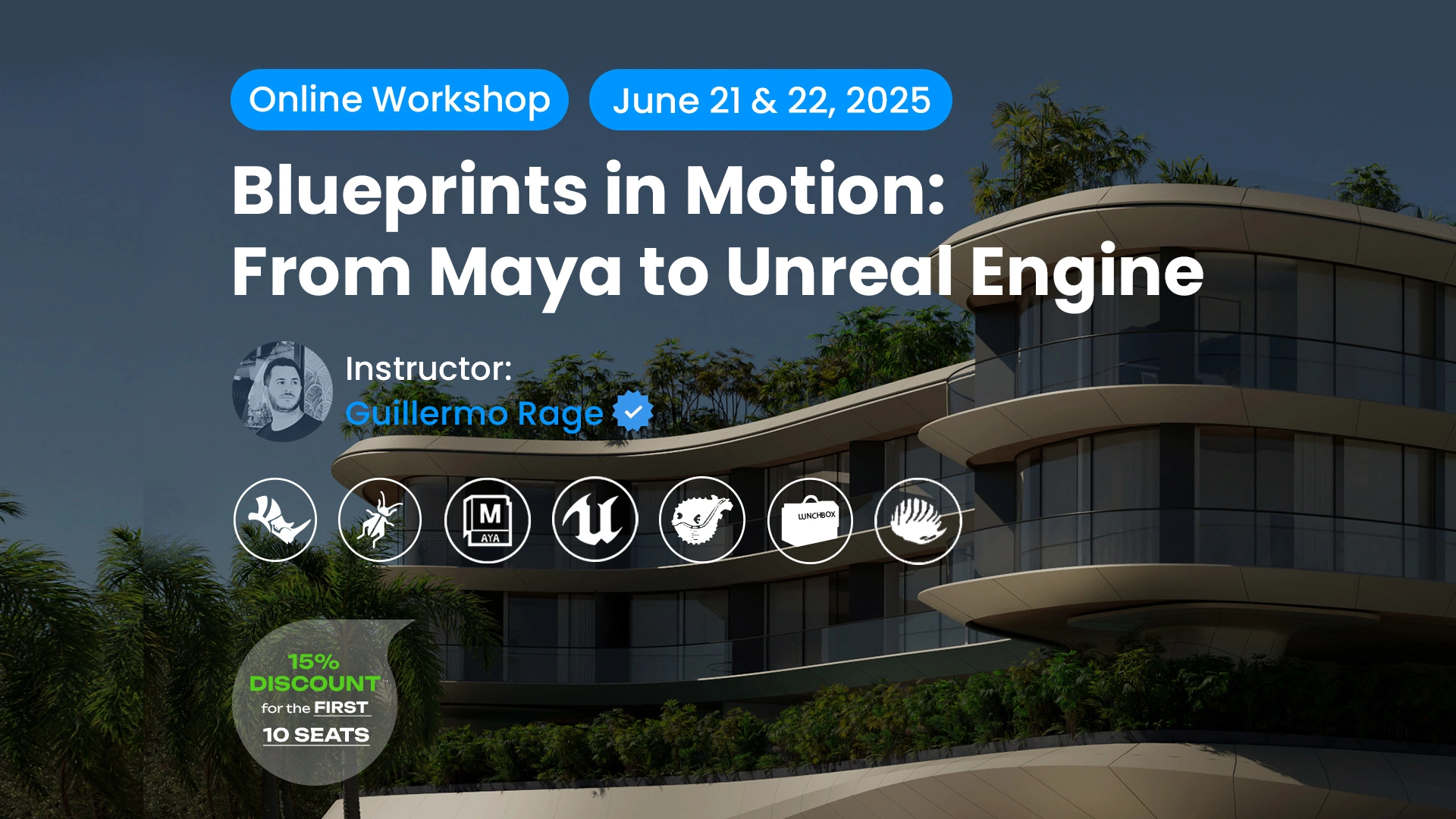
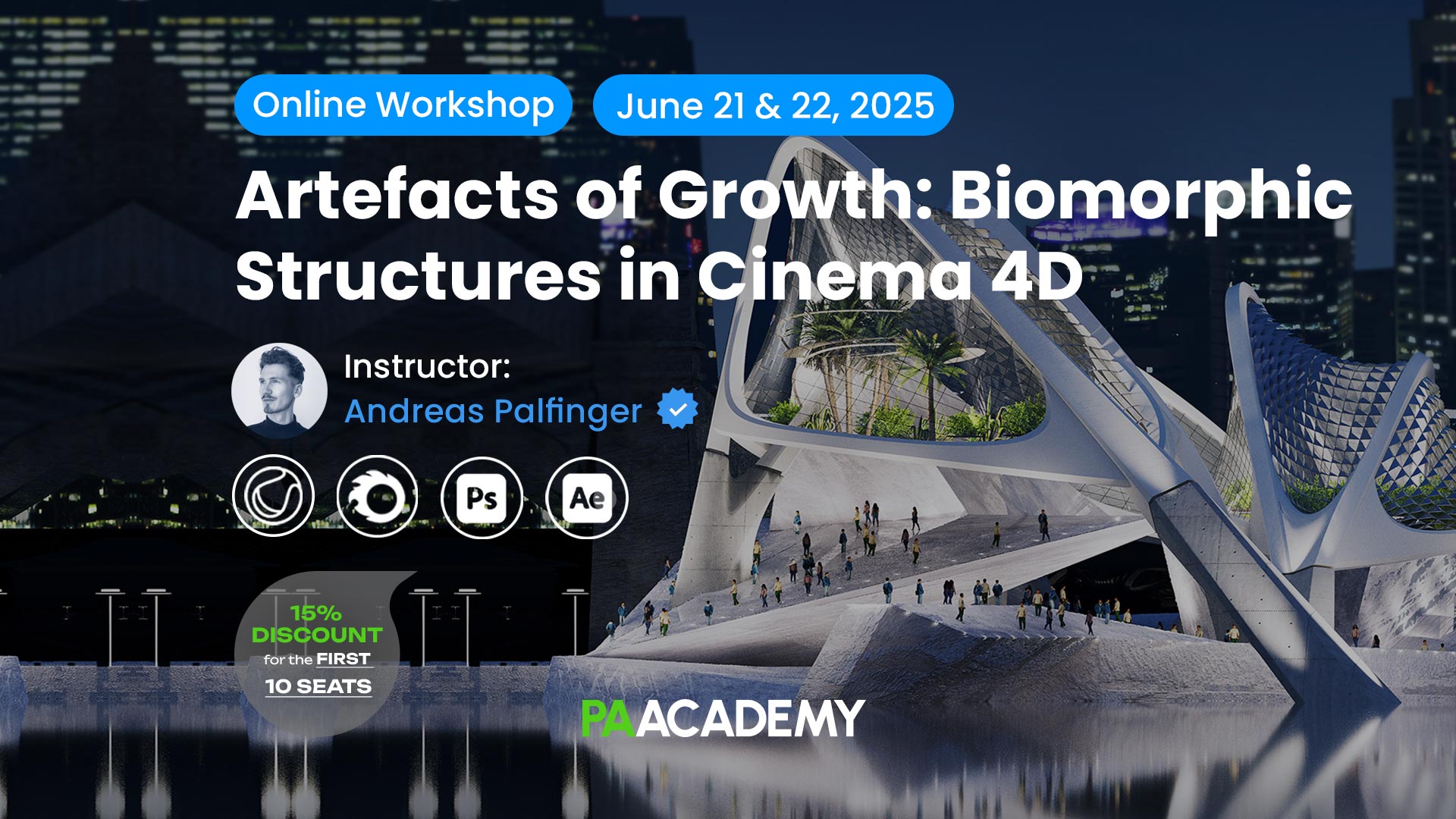


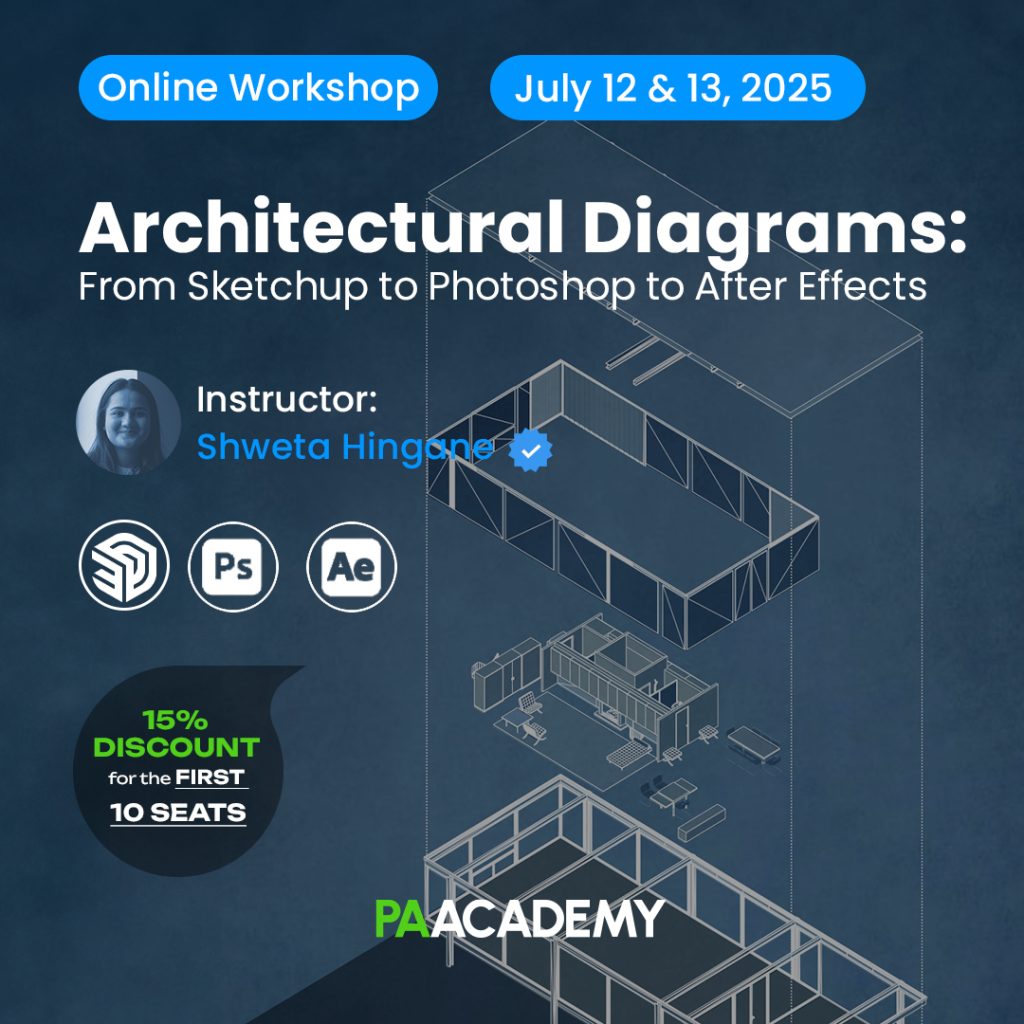








Leave a comment